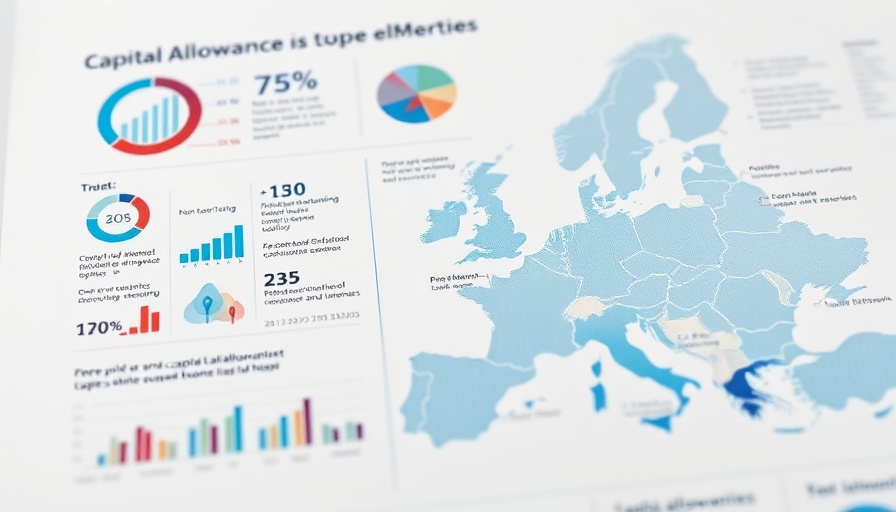
Understanding Capital Allowances in Europe
As the landscape of corporate taxation continues to evolve, the issue of capital allowances is gaining attention among successful business owners and entrepreneurs. The way businesses manage their capital investments can significantly influence not only their financial performance but also the broader economy. Capital allowances play an essential role in shaping corporate tax bases across Europe, yet they often remain a peripheral discussion in financial circles.
The Importance of Capital Allowances
At their core, capital allowances allow businesses to deduct the costs of capital investments gradually instead of as a single expense in the acquisition year. This process—often referred to as depreciation—requires businesses to allocate asset costs over its useful life, impacting their cash flow and investment decisions. Given the time value of money, this depreciation can inflate taxable profits, ultimately raising the cost of capital investments for businesses.
Why Businesses Should Care
Understanding capital allowances is vital for business leaders. A narrow tax base—where capital investments are heavily taxed—can lead to a hesitance in making new investments. Conversely, a broader tax base that accommodates immediate or accelerated deductions encourages businesses to invest more, which can lead to increased productivity and potentially greater wages for employees. For entrepreneurs, this could mean a difference between a thriving enterprise and a struggling one.
Comparative Analysis: Europe’s Variation in Capital Allowances
As displayed in recent analyses, the extent of capital allowance applicability varies widely across European countries. These disparities can pose a challenge for businesses operating in multiple jurisdictions. Understanding these differences can provide strategic advantages for companies seeking to optimize their investments and minimize tax burdens.
Capital Investment Decisions: A Path to Savings and Growth
For doctors, dentists, and other professionals, utilizing capital allowances effectively can result in tangible financial benefits. Planning for capital investments with an eye on the long-term implications of tax laws can yield significant savings. This proactive approach fosters not just compliance but financial health, allowing businesses to focus on growth and sustainability.
By staying informed about capital allowances and the broader tax environment, entrepreneurs can make better-informed decisions that will enhance both their operational efficiency and financial outcomes. With the right strategies, businesses can harness the potential of these allowances to bolster their growth trajectories.
As 2025 approaches, it is crucial for businesses to engage with current tax strategies and capital allowance frameworks, ensuring they maximize their investment opportunities while maintaining compliance.
 Add Row
Add Row  Add
Add 




Write A Comment